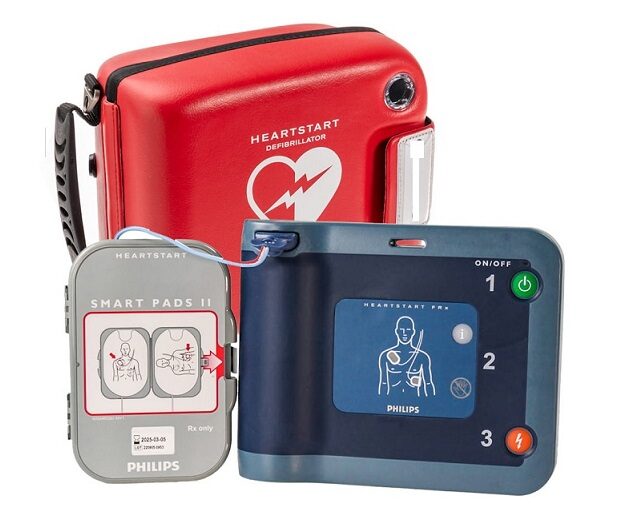Basic Life Support (BLS) Training – Course Description
Basic life support (BLS) training is a fundamental course designed to equip individuals with the essential skills and knowledge needed to respond effectively to cardiac arrest and other life-threatening emergencies. Basic life support (bls) training is a critical component of emergency medical care and is often a requirement for healthcare professionals, first responders, and individuals who want to be prepared to save lives. Here’s an outline of what Basic life support (BLS) training typically covers:

Certificate
Participants receive a BLS Certification valid for 2 years (as per training body standards).
Course Length
4-5 Hours
Elite Plus offers comprehensive Basic Life Support (BLS) Training, designed to equip healthcare professionals, students, and emergency responders with the essential skills to recognize life-threatening emergencies, provide high-quality chest compressions, deliver appropriate ventilations, and early use of an AED (Automated External Defibrillator).
This course follows internationally accepted guidelines and is ideal for medical colleges, nursing institutes, hospitals, and corporate healthcare teams.
Key Features:
• Hands-on training with latest CPR manikins and AEDs
• Based on American Heart Association (AHA) or equivalent guidelines
• Covers Adult, Child, and Infant CPR
• Includes choking relief techniques
• Focus on team-based resuscitation
• Use of BVMs (Bag-Valve Masks) and oxygen administration
• Scenario-based simulations to enhance real-life response
Who Should Attend?
• Medical and Nursing Students
• Doctors, Paramedics & Emergency Technicians
• Clinical Staff & Hospital Employees
• Corporate Health & Safety Teams
Languages
English, Hindi
Basic Life Support (BLS) Training
1. Importance of BLS training:
2. Chain of Survival :
3. Assessing the Scene and Safety:
4. Checking for Responsiveness:
5. Activating Emergency Response :
6. Assessing Breathing and Pulse:
7. CPR Techniques :
8. Use of Automated External Defibrillator (AED) :
9. Rescue Breathing:
10. Choking Response :
11. Team Dynamics and Communication:
12. Special Situations :
13. Personal Protective Equipment (PPE) :
14. Legal and Ethical Considerations :
15. Post-Resuscitation Care :
16. Certification and Renewal :
Basic life support (bls) training emphasizes hands-on practice, scenarios, and simulations to ensure participants are well-prepared to respond confidently and effectively during emergencies. Participants who successfully complete basic life support (bls) training typically receive a certification that demonstrates their ability to perform high-quality basic life support interventions. It’s essential to ensure that basic life support (bls) training is delivered by certified instructors using reputable and up-to-date curriculum materials.

